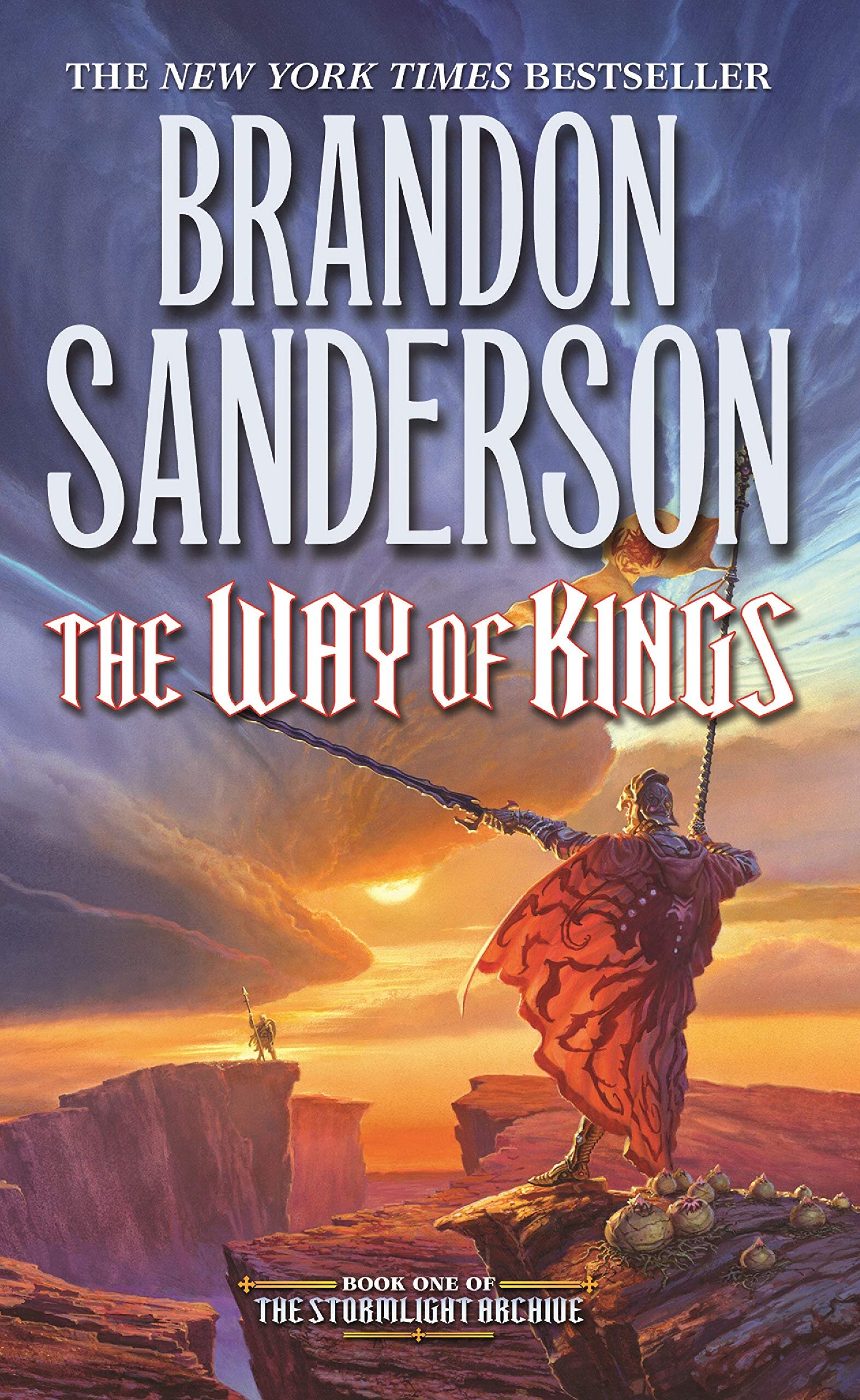Hi Friends 👋,
Today I published the culminating point of The Philosophy of Building Better and wanted to share it with you. I hope you enjoy!
Erik
A Higher Principle: The Builder’s Oath
The Philosophy of Building Better: Chapter 9 - The Builder's Oath
Albert Bierstadt, Among the Sierra Nevada Mountains, California
When a man's pulse is healthy and temperate, and when before going to sleep he has awakened his rational powers, and fed them on noble thoughts and enquiries, collecting himself in meditation; after having first indulged his appetites neither too much nor too little, but just enough to lay them to sleep, and prevent them and their enjoyments and pains from interfering with the higher principle-- which he leaves in the solitude of pure abstraction, free to contemplate and aspire to the knowledge of the unknown, whether in past, present or future; when again he has allayed the passionate element, if he has a quarrel against any one-- I say, when after pacifying the two irrational principles, he rouses up the third, which is reason, before he takes his rest, then as you know, he attains truth most nearly, and is least likely to be the sport of fantastic and lawless visions.
Plato, The Republic
Today is the culmination of a project, nearly two years in the making, but it goes back even further than that.
I have spent my professional career feeling a deep calling to “build” and grappling with what exactly that means. I spent the early years of my career as an investor before becoming a product manager. Along the way I’ve worked at startups, on my own business ideas, and I have documented most of my thoughts and challenges through writing. In some ways, all of these things scratched some of that building itch, but none has ever done so completely.
This project is the closest I’ve ever gotten in my professional life to a sense that I am doing the right thing, in the right place, at the right time, and in the right way. I am not sure where this project will lead going forward, but I know that I want to continue to chase that feeling.
We’ve come a long way together and I appreciate those of you who have taken the time to follow along.
In my first post, A Nobler Strain, I laid out my goals for this project, outlined the Philosophy of Building Better, and explained what Timeless Building Furthering Human Flourishing meant.
In our first chapter of the Philosophy of Building Better, we discussed how we are all building in one way or another and how that makes us all builders. We explored how our actions have consequences and how we are all “building our own house,” as the process of building impacts us just as much as the things we build. For better or for worse.
In chapter two, we discussed the true meaning of the “pursuit of happiness” and how the aim of all building projects is to further human flourishing. We explored myriad examples of the poor way things are often built nowadays and shared a glimpse of a different way of building. A way of building that moves the world towards a healthier, more whole place.
Chapter three introduced us to the age-old debate between proponents of objective truth and those who think reality is subjective. This post also first introduced us to Christopher Alexander and his Timeless Way of Building, which has been a major inspiration for this whole effort. Using Alexander’s concept of The Quality Without a Name we contended that there are objectively good and bad acts of building based on the degree they do or do not contain this quality.
In chapter four, we expanded on the objective nature of reality by grounding objective truth in the specific context of a situation. We explained how a particular setting contains a physical, personal, societal, and temporal context. We also drew parallels between the act of exploring context and the customer discovery that my job as a product manager requires of me.
Chapter five afforded us the opportunity to dig deeper into the world of temporal context. We discussed how the Lindy Effect can be a powerful heuristic for predicting something’s quality. As an example of the staying power of ideas that remain relevant thousands of years after they were first proposed, we discussed how Aristotle’s concept of The Golden Mean could be applied to modern building.
In chapter six, we began to discuss the responsibility that Better Builders have towards the people they are building for. We discussed the reality that there are no neutral design choices and explored the concept of “shadow patterns,” building patterns that are designed to get users to act in a way that is contrary to their interests. We also shared a powerful framing technique to help us build better by designing for our users as if they were true friends of ours.
Chapter seven outlined the reality that the path to building better is not always going to be easy. We acknowledged the fact that, in pursuing a better way of building, we will face pushback from followers of the status quo. We explained the reality that, at some point, we will all be faced with the pressure to ethically compromise and how the true better builders will be those who refuse to compromise on their ethics.
In chapter eight, we discussed how a builder’s job does not end the day that their project is completed. We explored the importance of not only repairing the things that we build, but of using our buildings to repair the fabric of the world around us. Ultimately, we acknowledged that, in this temporal world, all of the things we build will eventually decay. Despite this reality, we reaffirmed our commitment to doing what we could to nudge the world in a better, healthier, more whole direction.
And now we arrive at the concept that started this entire project. My wife becoming pregnant approximately two years ago led me to start thinking about the kind of parent I wanted to be. As part of preparing for this major life change, I began to reflect on the role that technology played in my life and the relationship I wanted my son to have with it. As a builder in the technology industry, I started to become more aware of some of the negative effects that our technology was having on us as a society and that those effects were especially pronounced in children. The first question I really remember contemplating was, “why is there a Hippocratic Oath for Doctors and not software engineers?” Around that time I read The Timeless Way of Building by Christopher Alexander for the first time and also started a book club focused on reading classical philosophy with some friends.
All of these threads came together in The Building Better Project.
The culmination of the Philosophy of Building Better is making a commitment to following a better way of building. A timeless way that strives to promote the flourishing of our users and build in harmony with the surrounding world. All of these ideas are useless without taking the step to apply them in our acts of building. My solution to that disparity is to propose just the "Hippocratic Oath for software engineers” (and builders of every other stripe) that I believe this world is missing. I would be honored if you considered signing The Builder’s Oath, but even more importantly, I hope you will consider making some kind of commitment to a higher standard of conduct whether you be a software engineer, writer, architect, construction worker, chef, investor, fellow product manager, or any other of the countless numbers of builders that are out there.
I acknowledge that the pursuit of my life is to build, whether it be building physical structures, technology products, relational connections between humans, or institutions meant to withstand the test of time.
As a builder, I know that I am called to further human flourishing. I commit the work of my hands and mind to fostering virtue, community, and the institutions that have been the bedrocks of human flourishing throughout history. I will always seek to consider the perspective of the user, customer, member, or owner that I am building for and to make decisions that are in the interest of their long-term flourishing.
I accept the inherent responsibility that comes with being a builder. I know that there is an objectively right way to build for each given context and I commit to doing my utmost to build in this way. I humbly admit that there will be times when I fall short of this ideal, times when the things I build fail or cause unintentional harm to others. As a better builder, I will take accountability for my mistakes, and correct my failings as fully as possible.
I know that the process of building is fundamentally contextual and I promise to take into account the physical, personal, societal, and temporal context of any building project as I plan and design. I swear to always seek to build in a way that is concordant with the natural patterns, rhythms, and order of this world.
I vow to learn from the great builders of the past and acknowledge that I am forever a student of the building process. In solidarity with those great builders upon whose shoulders I stand, I will pass on my accumulated wisdom about how to build for the furtherment of human flourishing to any who genuinely seek such knowledge.
As a builder, I commit to holding myself to a higher standard of conduct. I will consider the potential harms of what I am building and will never build something that is designed to take advantage of people’s worst impulses. I refuse to prey upon my users’ self-doubt, anxiety, or addictions. Instead, I will build in a way that supports humanity’s best impulses.
I understand that, as a builder, demands of deadlines, leaders, profit, and more will be placed upon me. I know that at times I may be pressured to compromise my ethics for the sake of another’s short-term goals, but I commit to standing my ethical ground. I believe that the only way to build a better world is through individuals taking responsibility for what they build and that by holding myself to a higher standard of conduct, I empower others to do the same.
I acknowledge that my effort as a builder does not end after the completion of a project. I accept that I have a responsibility to repair the things that I build and safeguard them against the burdens of time. Despite my best efforts, I understand the reality that in a temporal world, the things I build will eventually fade away. In the face of that inevitability, I chose to do what I can to nudge the world in a better, healthier, more whole direction.
When I build I will seek to inspire and empower the real human beings using my product to be the best that they can be.
When I build, I will avoid creating shadow patterns that deceive users into acting in a way that is contrary to their long-term interest.
When I build, I will work to bolster mankind’s proclivity for kindness, empathy, and courage.
When I build, I will build with the user’s long-term flourishing in mind.
On this day, I swear to follow in the steps of the great builders who have come before me and commit myself to pursuing a better way of building. A way of building that draws on timeless wisdom to further human flourishing.
I commit to building better because in doing so, not only will the things I build become better, but through that process I, my community, and the world will become better as well.
In some ways, this post is the culmination of two years of effort. In other ways, it feels like just the beginning. There is one more chapter to cover as part of our Philosophy of Building Better covering how to apply these concepts more practically, but that won’t be the end of The Building Better Project. Outlining my philosophy is the foundation upon which I plan to add more writing and building projects. More to come soon. Thanks for following along so far.
Let’s Build Better,
Erik











































